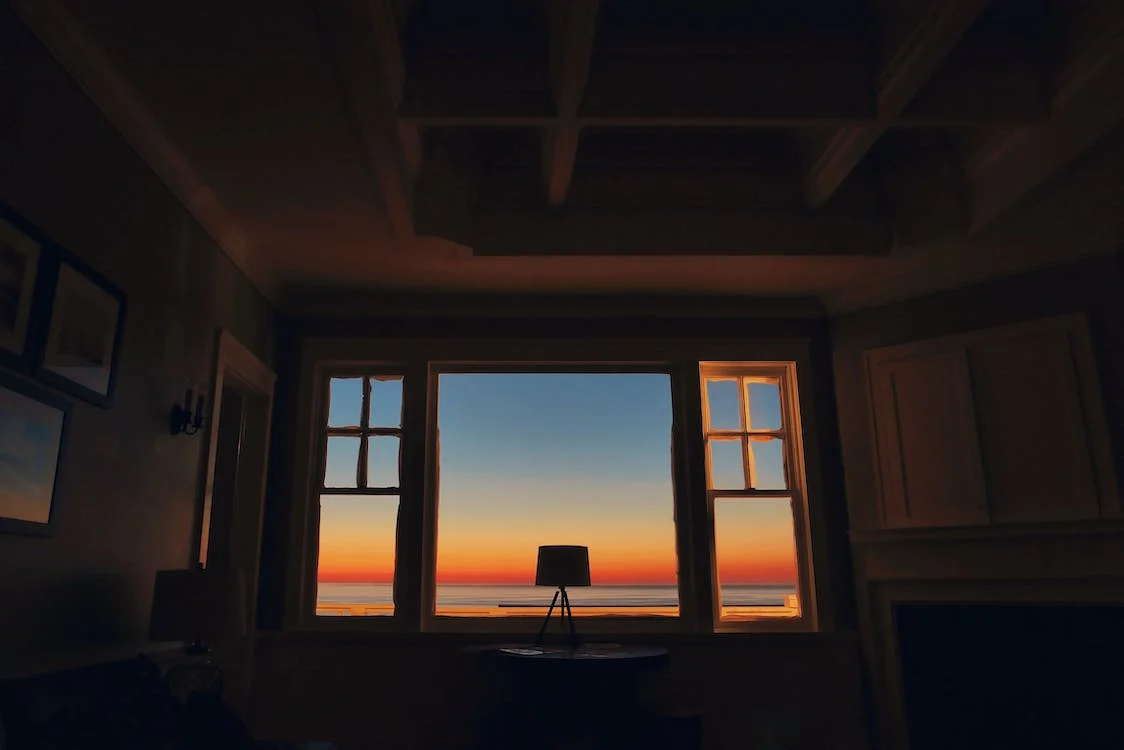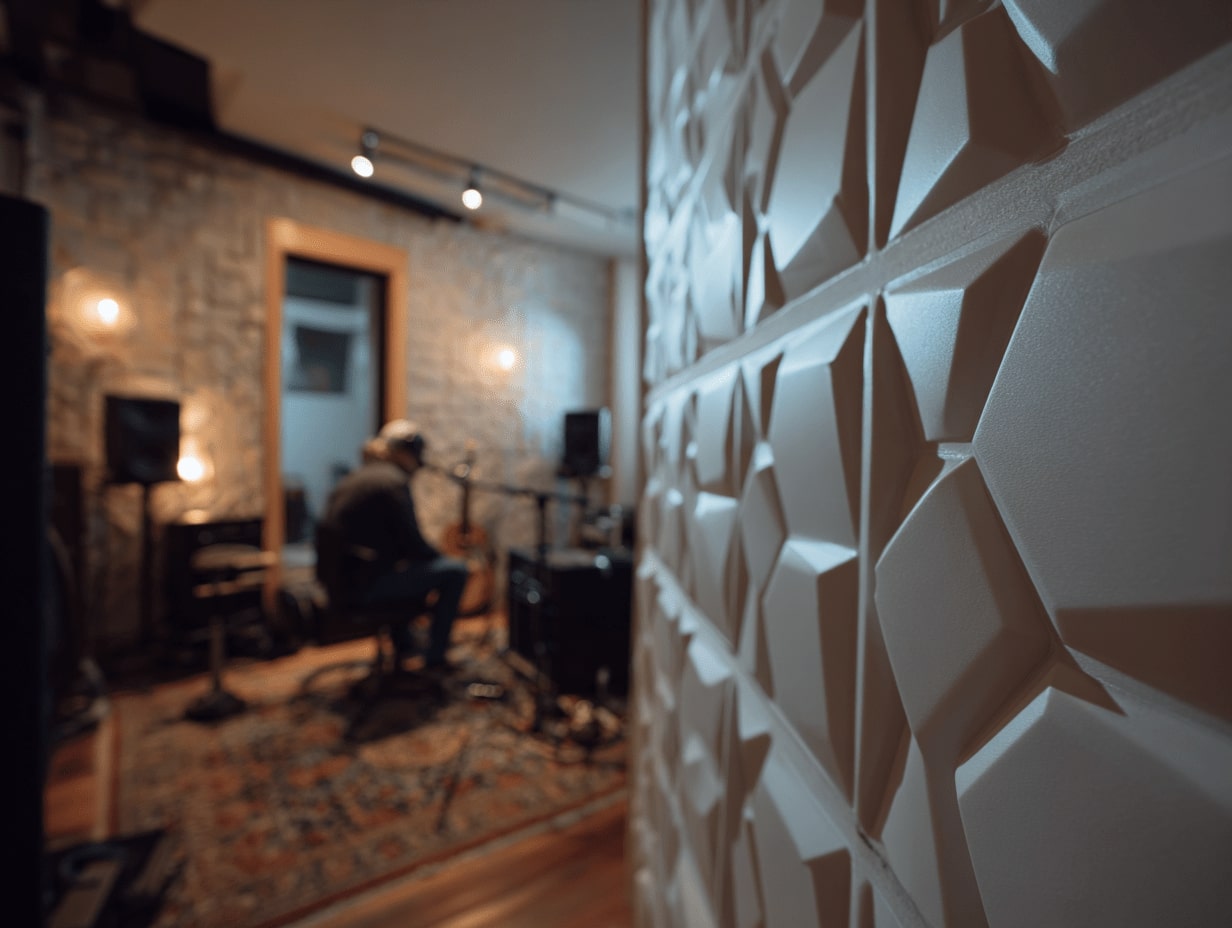- Home
- Articles
- Architectural Portfolio
- Architectral Presentation
- Inspirational Stories
- Architecture News
- Visualization
- BIM Industry
- Facade Design
- Parametric Design
- Career
- Landscape Architecture
- Construction
- Artificial Intelligence
- Sketching
- Design Softwares
- Diagrams
- Writing
- Architectural Tips
- Sustainability
- Courses
- Concept
- Technology
- History & Heritage
- Future of Architecture
- Guides & How-To
- Projects
- Interior Design
- Competitions
- Jobs
- Store
- Tools
- More
- Home
- Articles
- Architectural Portfolio
- Architectral Presentation
- Inspirational Stories
- Architecture News
- Visualization
- BIM Industry
- Facade Design
- Parametric Design
- Career
- Landscape Architecture
- Construction
- Artificial Intelligence
- Sketching
- Design Softwares
- Diagrams
- Writing
- Architectural Tips
- Sustainability
- Courses
- Concept
- Technology
- History & Heritage
- Future of Architecture
- Guides & How-To
- Projects
- Interior Design
- Competitions
- Jobs
- Store
- Tools
- More

When we consider the design and practicality of our homes, even the smallest details can make a significant impact. House door numbers, often overlooked, play a crucial role in adding both style and functionality to our living spaces. They are not just identifiers for our homes but also an extension of our personal style and the architectural aesthetics of our abode. In this exploration of ‘Style and Functionality: House Door Numbers,’ we delve into how these modest yet essential elements can elevate the appearance of our homes while serving their primary purpose of guiding visitors to the right address.
Before we start, however, consider that when looking for the best house number signs — Bsign is the store you should definitely visit beforehand.

House Number Signs: Legal Requirement or Stylish Whim?
In the mosaic of urban and suburban landscapes, house number signs do more than just mark our residences. They stand at the crossroads of legal necessity and personal expression.
At their core, house number signs serve a functional, often legally mandated purpose. They are critical in aiding emergency services, postal deliveries, and visitors in locating the correct address quickly and efficiently. In many jurisdictions, the absence of a clearly visible house number can lead to complications ranging from delayed mail to critical delays in emergency response. The legal stipulations surrounding these signs often dictate their size, visibility, and placement, ensuring they fulfill their primary role of guiding those who seek our doors.
Yet, beyond this functional dimension lies a realm of personal expression. Homeowners increasingly view house number signs as an opportunity to showcase their style and complement their home’s architectural character. From sleek, modern digits to hand-crafted tiles, and from illuminated numbers to engraved plaques, the options are limitless. These signs have transcended their utilitarian origins to become statements of individuality and design choices that reflect the homeowner’s personality.
This intersection of law and aesthetics raises an intriguing question: do we choose house number signs to conform to legal requirements or to express our unique style? The answer often lies in a blend of both. While adherence to legal standards is non-negotiable, the way we fulfill these criteria is where personal taste comes into play. The market’s diversity in styles, materials, and designs allows homeowners to meet legal obligations without sacrificing their aesthetic preferences.

What Elements Should be Included on a House Number Sign?
When designing or selecting a house number sign, it’s important to consider various elements that ensure it is both functional and aesthetically pleasing. Here are key elements that should be included on a house number sign:
- Consistent Style with Home Architecture: The design of the sign should complement the architectural style of your home. Whether it’s modern, traditional, or rustic, the sign can be a subtle nod to your home’s overall aesthetic.
- Weather-resistant Finish: Apply or ensure a weather-resistant finish to protect the sign from fading, rusting, or deteriorating quickly.
- Secure Mounting: The sign should be securely mounted to avoid displacement or damage by strong winds or incidental contact.
- Address Inclusion (if applicable): In some cases, including the street name or even the town can be helpful, particularly in rural areas or where houses are widely spaced.
Incorporating these elements can ensure that your house number sign is not only a functional tool for identification but also an attractive addition to your home’s exterior.
illustrarch is your daily dose of architecture. Leading community designed for all lovers of illustration and #drawing.
Submit your architectural projects
Follow these steps for submission your project. Submission FormLatest Posts
Practical Solutions To Balance Staff Roles And Automated Assistance
Businesses today operate in environments where efficiency, responsiveness, and adaptability matter more...
How Designers Can Use Custom QR Codes to Enhance Branding and User Experience
Design has always been about meaning. A shape, a colour, a line...
Acoustic Panels: Where Aesthetics Meet Sound Design
Acoustic panels that elevate design and clarity: learn NRC, RT60 targets, absorbers...
Revolutionizing Electrical Estimating with Drawer AI
In the evolving world of electrical contracting, the demand for faster, more...












Leave a comment